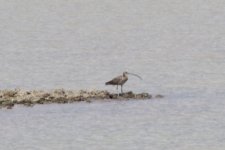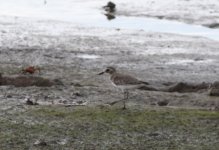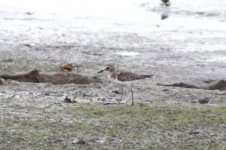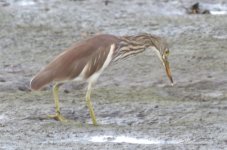James Eaton
Trent Valley Crew
James, I appreciate your expertise and for sticking with me thus far.
Just a few more photos to go...
Panti Forest Reserve, 5 November. I have settled on juvenile Scarlet-rumped Trogon, not Cinnamon-rumped. Agree/disagree?
Yep, lack of contrast on face suggests Scarlet-rumped for me, and that rump already looks like it might be getting a bit of colour.
I see that weblink has a photo of a male of Cinnamon-rumped Trogon that is mine, without permission - tut, tut!
Cinnamon-rumped Trogon is such a rarely seen species compared to the much more frequently seen Scarlet-rumped (I've only see CRT less than <10 times of 12 years of living in Malaysia!), mainly due to it's quiet call and tendency to perch much lower down, I think.
James









